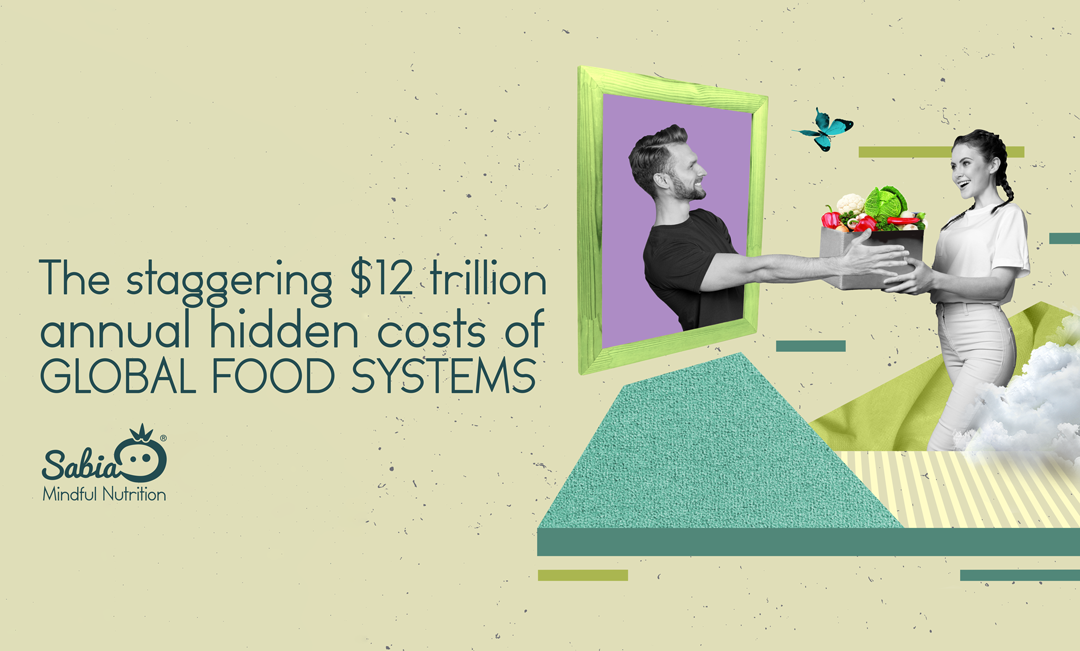Health, Lifestyle, Nutrition, Uncategorized
The staggering $12 trillion annual hidden costs of global food systems
According to a new report from the United Nations Food and Agriculture Organization (FAO) published this Friday, the hidden costs within global food systems amount to a staggering $12 trillion per year.
Approximately 70% of this, or $8.1 trillion, is derived from unhealthy eating habits and is associated with non-communicable diseases such as heart disease, strokes, and diabetes. These costs are primarily seen in more industrialized food systems found in high and upper-middle income countries.
The report, titled “The State of Food and Agriculture 2024”, examines the total set of costs and benefits associated with the production, distribution and consumption of food, including those not reflected in market prices – the so-called “hidden costs and benefits”.
The study details how these costs are driven by hidden health costs, and to a lesser extent hidden environmental costs, in the more industrialized food systems typical of high and upper-middle income countries.
Costs Vary by Diet and Food System Type
From a historical perspective, food systems have evolved from traditional to industrial, with each stage exhibiting different hidden results and costs. To facilitate the analysis, the report introduces a new typology of food systems consisting of six categories: protracted crisis, traditional, expanding, diversifying, formalizing, and industrial.
For example, poor diets low in whole grains are the primary dietary risk factor in most food systems, but in those in protracted crisis and traditional systems (characterized by lower productivity, limited technology adoption, and shorter value chains), the greater concern is inadequate fruit and vegetable intake.
Another significant issue is high sodium consumption, which tends to increase as traditional systems evolve into formalizing systems, peaks in these, and then decreases as they become industrialized.
In contrast, red and processed meat consumption increases steadily throughout the transition from traditional to industrial food systems, becoming one of the top three dietary risks in the latter.
Environmental Costs Also Significant
In addition to dietary risks, the environmental impacts of unsustainable agricultural practices also substantially increase hidden costs. Costs associated with greenhouse gas emissions, nitrogen runoff, land use change, and water pollution are particularly high in countries with diversifying food systems, estimated at around $720 billion.
Formalizing and industrial food systems also face significant environmental costs, but the countries facing the highest environmental costs are those in protracted crises, where such costs amount to 20% of their GDP.
Social Costs Weigh Heavily on Traditional and Crisis-Affected Systems
Social costs, including poverty and undernutrition, are more prevalent in traditional food systems and those affected by protracted crises. In countries with such systems, social costs represent 8% and 18% of GDP respectively, highlighting the urgent need to improve livelihoods and integrate humanitarian, development, and peacebuilding efforts.
A Call for Collective Action
Overall, the report advocates for a value-oriented transformation of food systems to make them more sustainable, resilient, inclusive and efficient. This transformation requires going beyond traditional economic measures like GDP and utilizing real cost accounting to uncover hidden costs. This approach enables better-informed decisions that strengthen the social value of food systems, recognizing their essential role in food security, nutrition, biodiversity conservation, and cultural identity.
Achieving this transformation also requires harmonizing policies across the health, agriculture, and environmental sectors.
Source: https://news.un.org/es/story/2024/11/1534131


